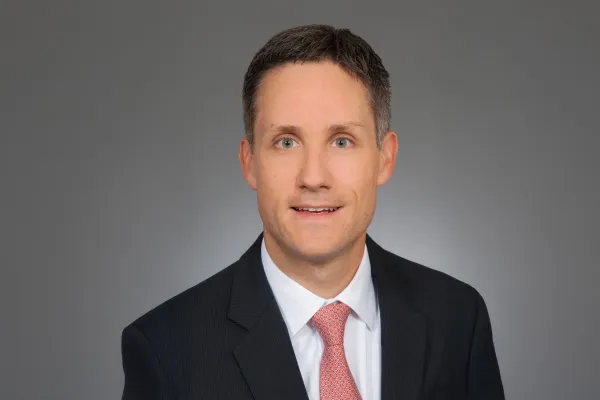Few active managers have much good to say about their passive brethren. But one prominent manager says that a market dominated by passive funds and other quantitative and systematic strategies is creating investment opportunities for his actively managed funds.
“There’s no better time to be an active manager than now — and it’s even more dramatic in the value space,” Warren Koontz, head of value equity for Jennison Associates, told Institutional Investor in an interview. Jennison is the $176 billion fundamental fixed income and equity manager for PGIM.
Investors have been abandoning active managers for lower-cost index funds — and, to a lesser degree, factor-based and other systematic strategies — for at least a decade. But when it comes to investment ideas, Jennison sees at least a couple of positives in the trend toward index funds.
Jennison was started as a growth equity manager by Sig Segalas in 1969 and has since moved into value, fixed income, and global strategies. Although there have been few changes over the decades to the firm’s fundamental process of picking securities, watching fund flows into passive and other strategies has been one. That’s because flows have become an important signal about potential buys and sells, Koontz explained.
For example, Bloomberg provides data on equity, fixed income, currency and other fund flows. Koontz said he watches large-cap equity ETFs to find shifts and changes in sentiment. He’s currently keeping tabs on USMV, an ETF based on the MSCI minimum volatility index. The ETF has been one of the biggest recipients of flows this year.
Given the recent debate around whether investors should switch from growth and defensive strategies to value and higher volatility, Koontz is watching the fund to see if flows are reversing. If investors are moving out of the fund, it would provide some evidence that a shift is occurring.
Koontz said decisions by index funds often drive prices to extremes, creating another opportunity. “There are whole groups of stocks and whole industries and sectors that are despised — or conversely, loved — for short periods of time,” he added. “If you’re somebody like me who is a value manager focusing on the intrinsic value of companies, and you have a top-down force that’s driving a whole group of stocks out of favor, it creates wonderful opportunities to invest.”
Koontz employs what he calls time-horizon arbitrage. “We’re long-term oriented with turnover in our value strategies of about 20 to 25 percent. We can take advantage of these short-term moves because we’re holding on to stocks for four to five years. Year to date, our turnover is only 15 percent.”
Passive and quant flows have also influenced historic debates over cycles like the one between growth and value. Growth stocks have had an incredible run, said Koontz. “These are great stocks, in some cases, but the spread between the Russell 1000 Growth PE and Russell 1000 Value PE is the highest since the tech bubble — about 12 multiple points.”
In terms of the concentration of the benchmark, more than 50 percent is in technology or technology-related stocks. Add in health care, and those three sectors represent 67 percent of the index, Koontz explained.
“Usually when you get this level of concentration, it’s a warning sign that a change may be on the way,” Koontz said.







